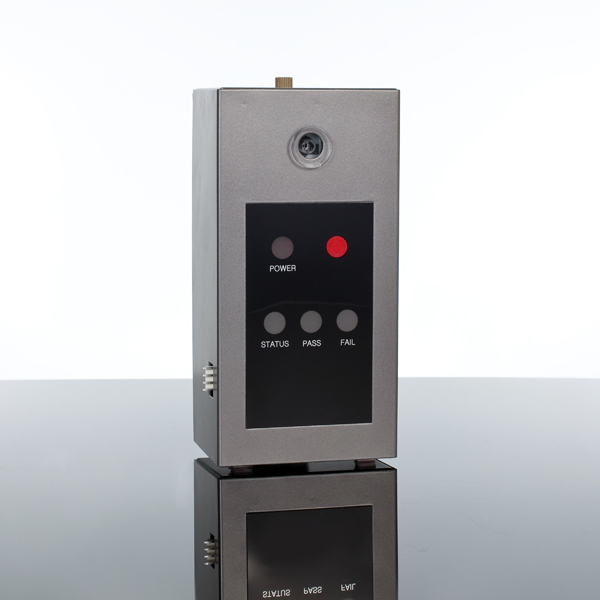
Drunken workers are a problem many employers face regularly, with employees arriving at work drunk or having a quick one during the lunch break. While many companies already have policies and procedures in place regarding the abuse of alcohol in the workplace, some don’t and often have to deal with it when a case arises.
The best way to prevent workers under the influence of alcohol being present in the workplace is to introduce regular breathalyser testing together with a system such as Alcohol Breathalysers’ Entrance Breathalyser System (EBS). The EBS is a system which interfaces with virtually any entrance that has a turn-style or electronically controlled gate.
Angus MacArthur, General Manager of Alcohol Breathalysers, the leading supplier of affordable breathalysers to the Southern African market says “Each and every employee entering a site is required to blow into our EBS and the result given is either a Pass or a Fail. A Pass allows access through the entrance and a Fail prevents access while notifying security.” Installed in conjunction with a time keeping system a Fail would be on record.
Addressing alcohol in the workplace need not be a difficult task, as there are many labour disputes that have set a precedent on how to deal with the issue. The first thing business owners and managers should realise is that the company policy regarding alcohol in the workplace should be clear – there should be no room for dispute.
This is especially important when employees at the company have to operate heavy machinery or have to drive on a regular basis. According to a study by the Institute of Alcohol Studies in the UK, alcohol can impair work performance in three main ways.
First, a raised blood alcohol level will jeopardise both efficiency and safety as it increases the likelihood of impaired judgment. The South African Association for Social Workers in Private Practice estimates that about 50% of workplace accidents are related to drug and alcohol use.
Second, the after-effects of drinking can impair both work attendance and performance. An article earlier this year in Big News stated that alcohol abuse costs South Africa more than R9-billion per year.
Third, persistent heavy drinking can lead to a range of social, psychological and medical problems, including dependence, and is associated with impaired work performance and attendance. “It’s clear that alcohol abuse has a negative impact not only on the individual and company, but the economy of the country as a whole,” says MacArthur.
Employers are bound by law to prevent employees from drinking in the workplace or entering the workplace under the influence of alcohol. The Occupational Health and Safety Act, 1993 General Machinery Regulations, 1988 Schedule D – Section 6 states that No person under the influence of alcohol or drugs shall enter any premises where machinery is used. Employees who are under the influence of alcohol may not operate machinery or enter any premises where machinery is used. An employer could be held responsible if it overlooks a worker under the influence of alcohol who subsequently gets injured during the course of his or her duties.
“Many mining companies already make use of breathalysers, but it should be standard practice in all industries, because employees under the influence of alcohol are not only a danger to themselves, but a danger to others as well. They also reduce productivity in a company as they often spend time in the office either trying to get sober or nursing hangovers,” he says.
“Of course, if an employee is found to be under the influence, steps should be taken to take care of the root of the problem rather than the drinking itself. Dismissal should always be the last step,” says MacArthur. “The company must first explore alternatives such as counseling and rehabilitation before dismissing an employee. If all steps to help the employee fail, then they have just cause to dismiss the employee.”
Also view:
Website: www.breathalysers.co.za